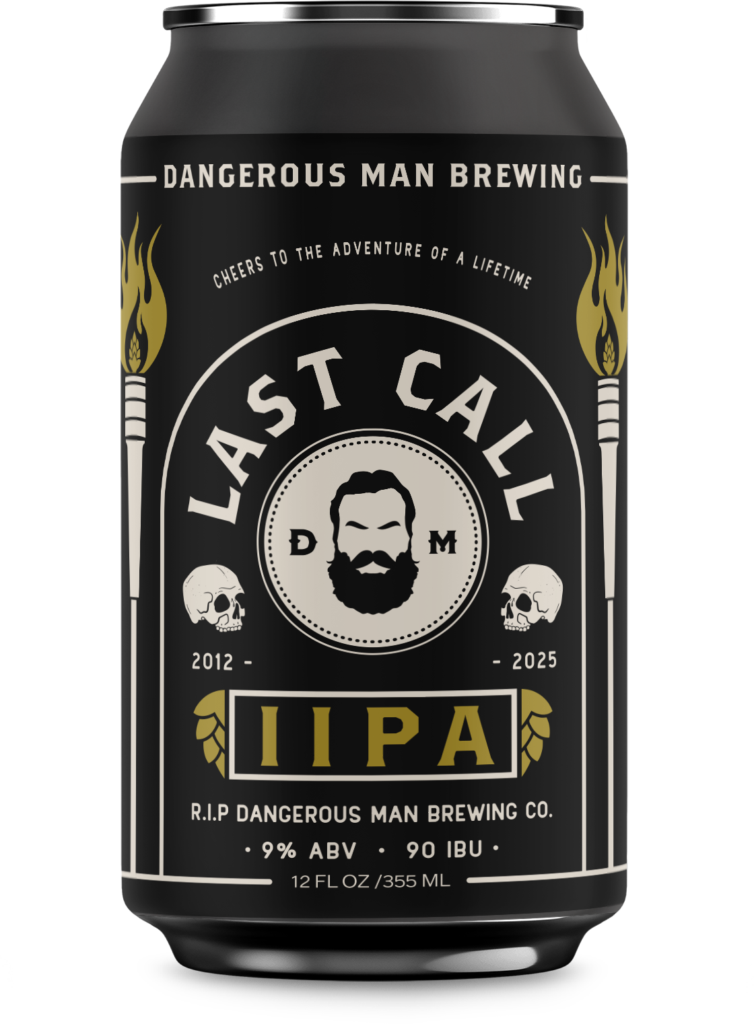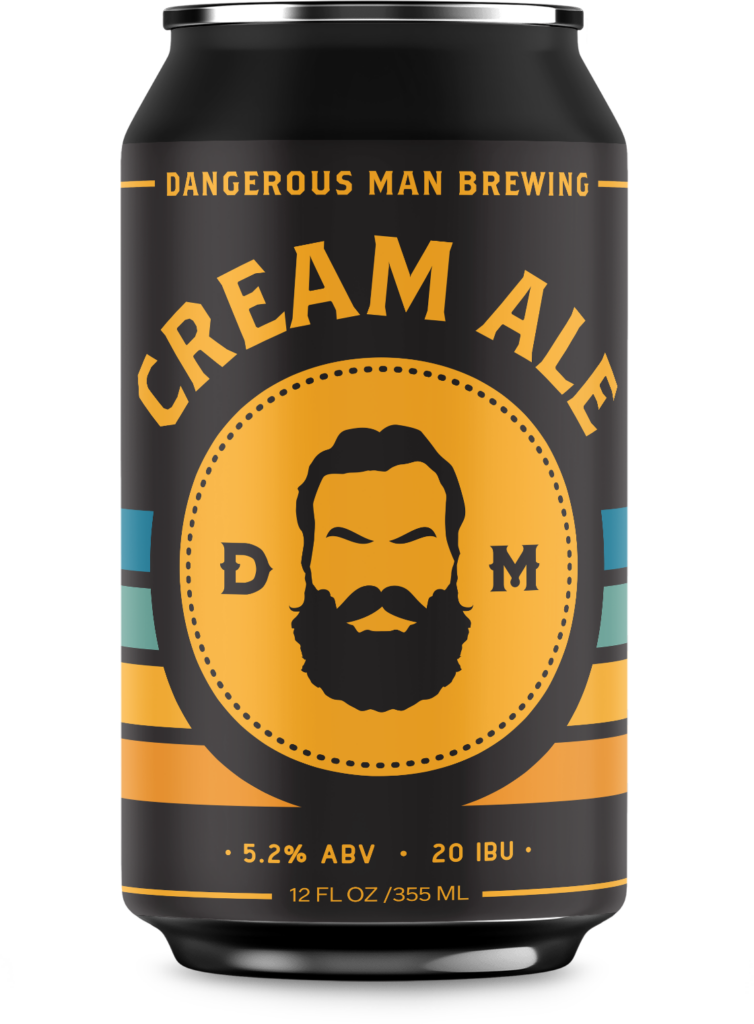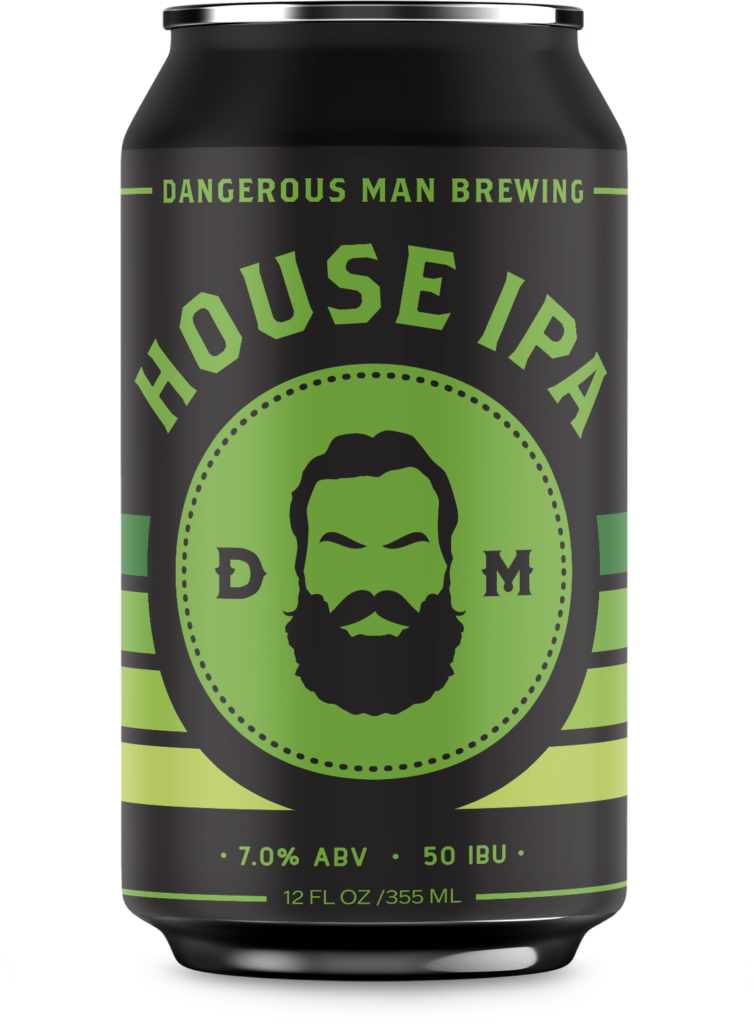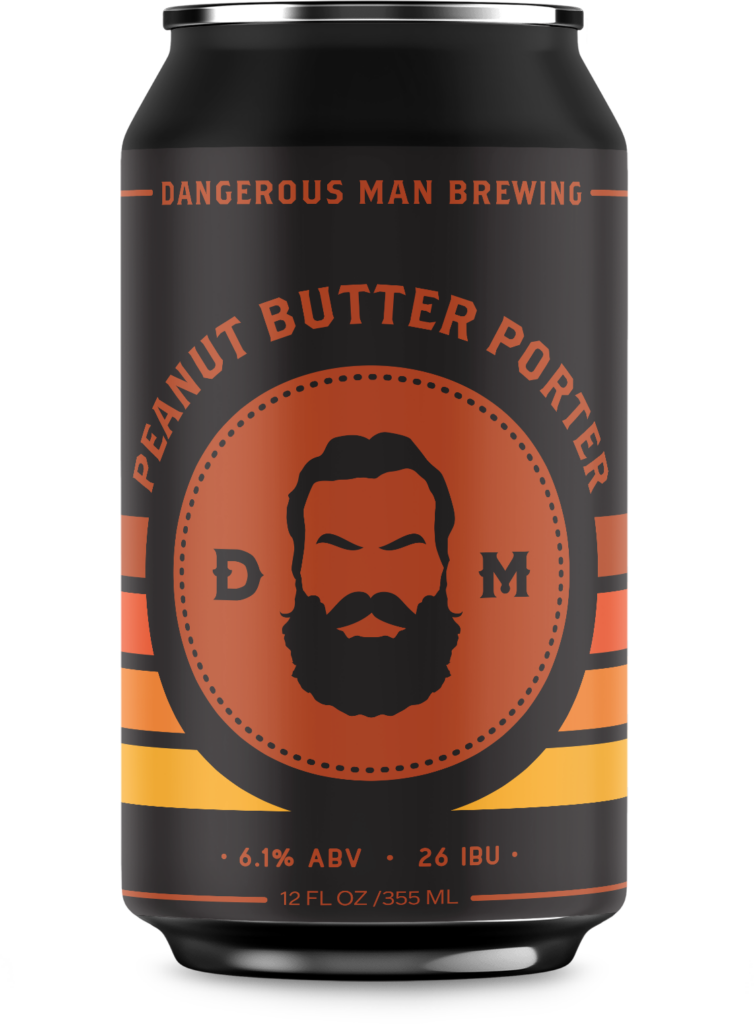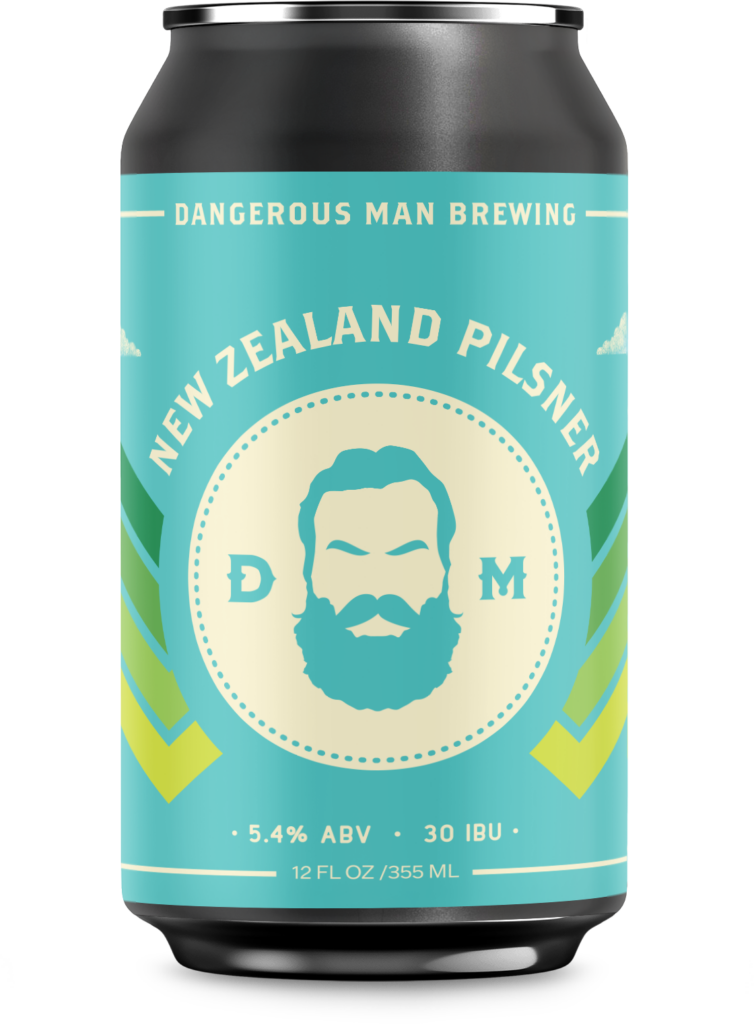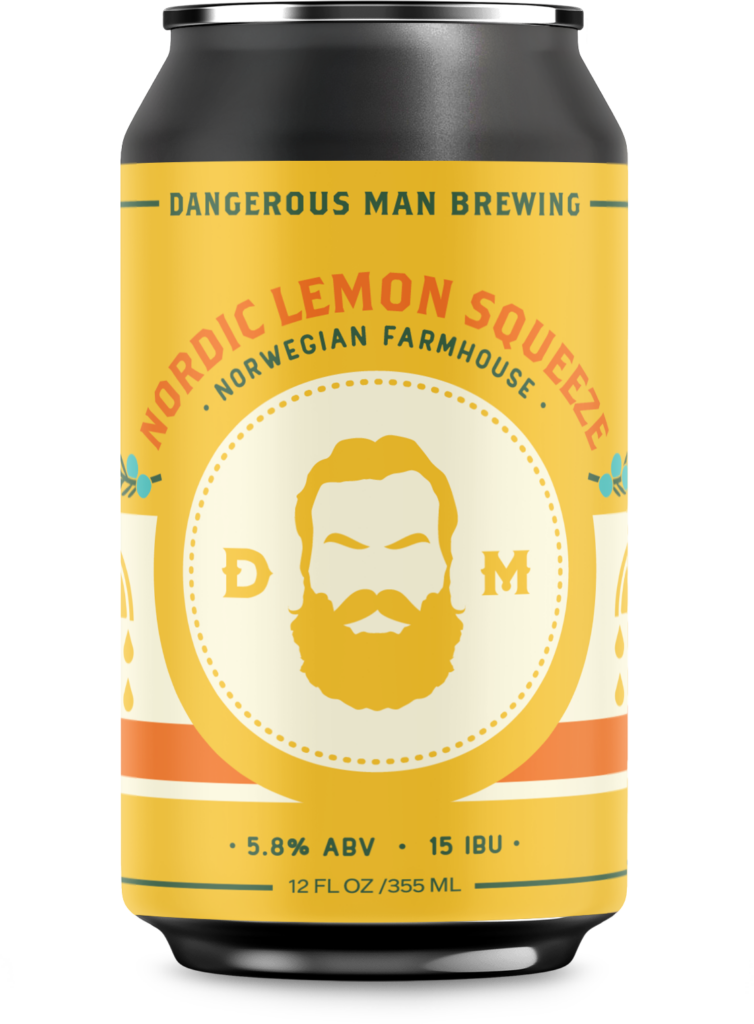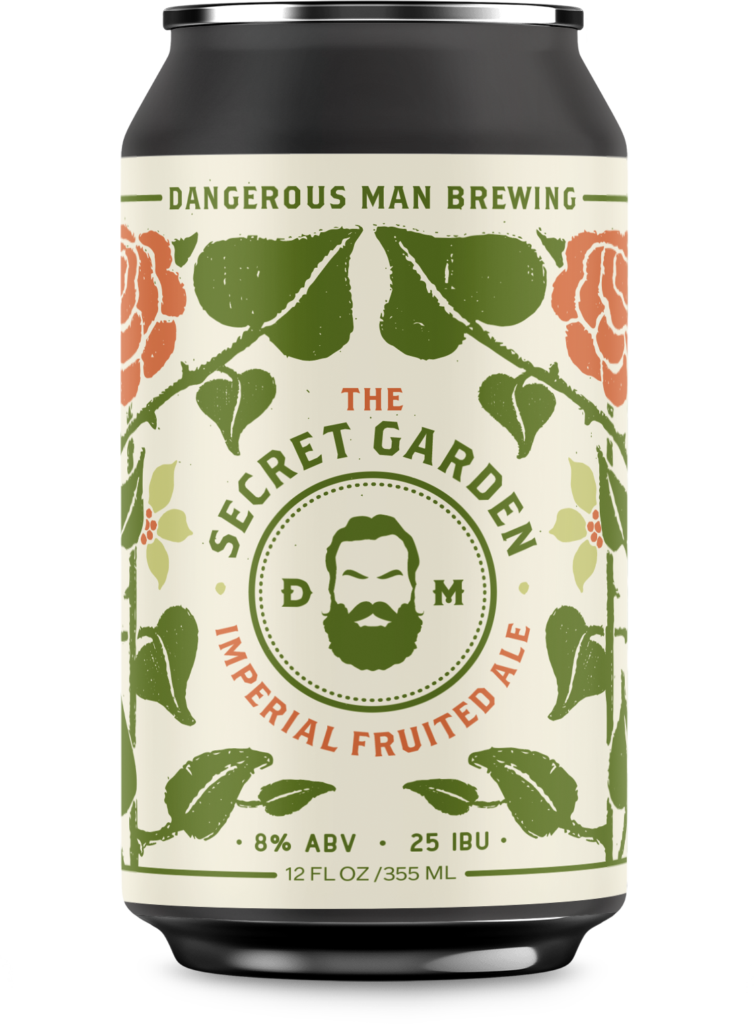
Scotland has a very intense and long tradition of brewing, and as with their accent, it is muddled, convoluted, and might be the most beautiful thing in the world. Evidence of brewing has been found in Scotland as early as the 4th millenium BC, and as new groups moved into, conquered, and established cultures in the British Isles, especially Scotland, brewing practices and ingredients have become more varied and complex. This established cultural styles and brews, including ales using heather, bog myrtle, and other local ingredients particular to Scotland. These ingredients were used before the advent of hops and their utilization in the brewing industry.
Most of the Scottish ales we think of today are throwbacks to styles that have fallen out of popularity due to the influx of pale lagers, industry conglomeration, and lack of popular demand. Scottish ales are maltier than their English equivalents, and as some have speculated, this is because of the lack of hop growing fields in Scotland proper, due to the cooler weather. Hops had to be imported in Scotland and as the rise of Industrialization and the wars that followed, hops became very expensive to bring over.
There was a trade-off to the cooler, northern climate, as Scottish brewers were able to brew year-round in the days before refrigeration and temperature control. England’s summer would be too warm to ferment properly, so they would import Scottish ales. The individualistic breweries of Scotland became world renowned and were a large inspiration to the individualistic stylings of Belgian breweries we’ve become familiar with today. With the creation of proper refrigeration, England’s brewing practices could continue year-round, and with their hop fields, they could hop their beer to a cheaper and larger degree thus preserving it longer as it traveled around the world. This was a huge loss to Scotland, whose breweries never seem to recover and have waned down to a handful in the entire nation.
As of the 20th Century, Scottish Ales have been designated by their cost per barrel which is a general indicator of alcohol content. 60-, 70-, 80-, 90-, and 100-shilling are all popular designations of Scotch and Scottish ales and are indicative of their strength, and sometimes their color, though this fashion seems to have disappeared, or at least ignored in the United States. Within the more recent beer guidelines there is a designation between Scottish and Scotch ales, the former being lighter in alcohol while the latter generally applies to style dubbed as “wee heavy”. Wee Heavy’s are barleywine-esque in style and have recieved the name of “Scotch” to differentiate them from other Scottish ale styles. In general for Scotch ales, the lower the alcohol content, the darker the beer. This most likely came from using larger amounts of caramel or colored malts to give the beer flavor and some sweetness while the sugar-rich base malts were scaled back to control alcohol content.
Breweries could also have used first runnings for base malts (generally pale malts such as Golden Promise, grown in Scotland) for larger alcohol beers, topped off the mash with caramel malts for flavor and used the second-runnings, or sparge, as their lower alcohol content beers. This would create stronger, lighter beers and milder, darker beers.
There is often confusion surrounding the presence of peat, or peat flavor, in Scottish style ales. Peat is a mass of partially decayed vegetation that is used as a fuel source around the world, and in particular Scotland, Ireland, and the Britain. Scotch whiskys, especially Islays, often have a peat presence from peat-kilned malts as Scotland is rich in peat bogs and peat-rich moors. Peat, as a flavor in Scottish ales, is typically restrained and generally not from peated malts themselves, but rather from water sources running from peat-rich areas, from flavors thrown off from the cold-fermenting ale yeast, and from Maillard reactions from longer boils in the kettle which the Scottish. Longer boils can add a richer color to the beer without adding further caramel malts.
That being said, it is very hard for American brewers to have water sources running through peat, and it is often the wandering day dream of Scotland and their wonderful moors and purple-heather hills that has us use peated malt to fulfill our highland fantasies.

